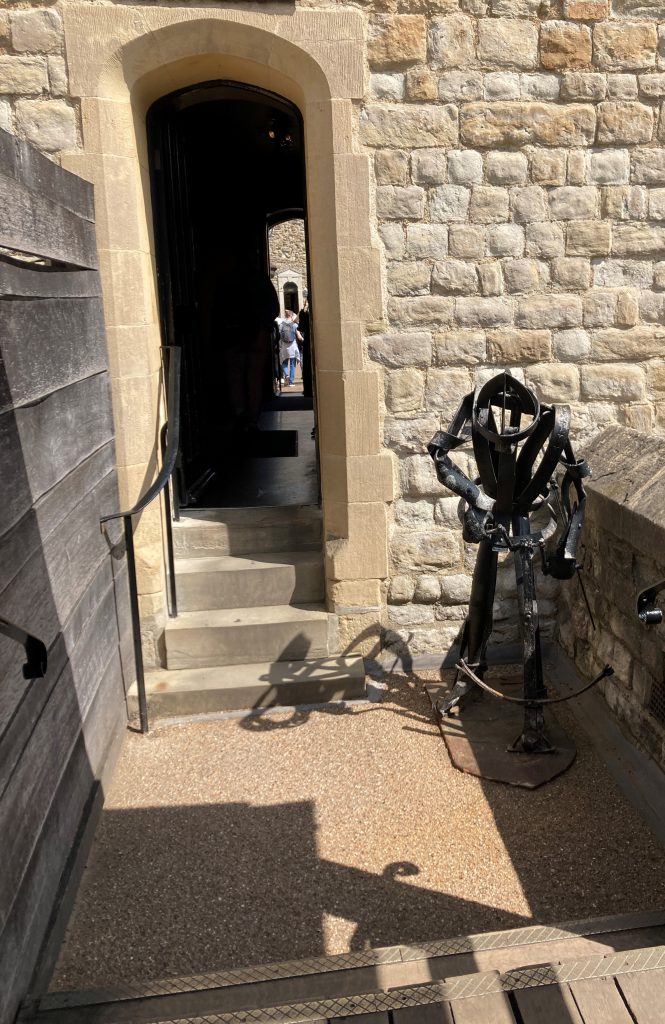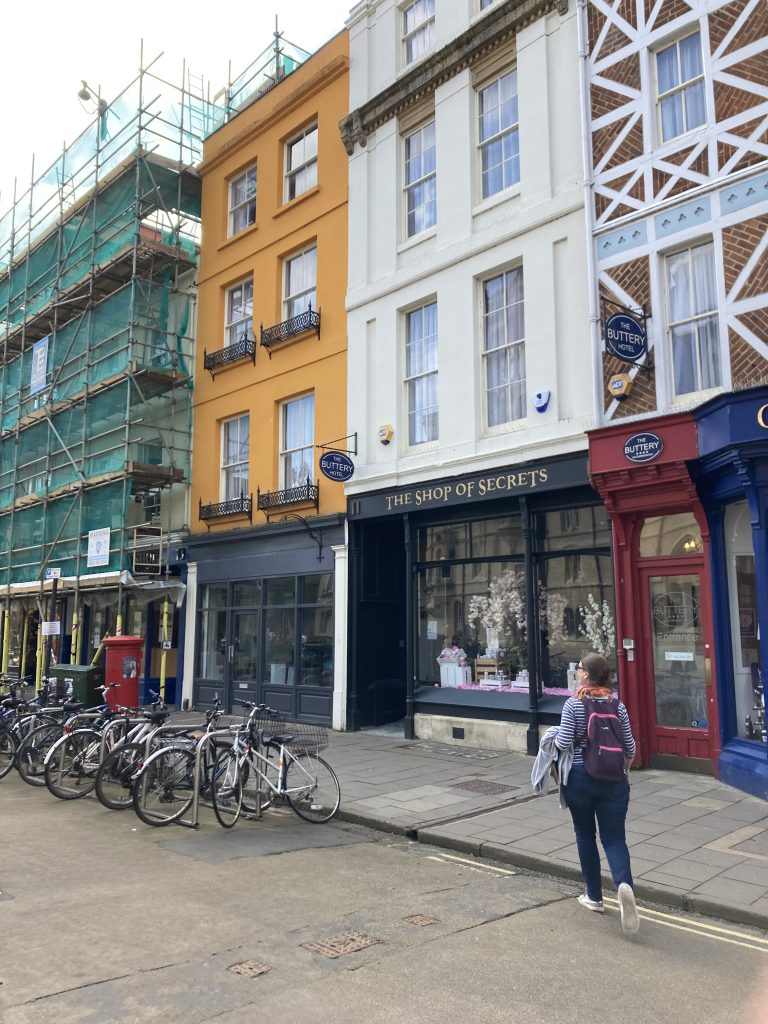Exploring London allowed me to develop several new perspectives on health, especially in improving my awareness of infrastructural accessibility. As an able-bodied person, I am privileged enough that I do not have to constantly worry about whether a building or mode of transport will meet my needs. Yet so many people rely on accommodations to navigate public spaces. Although the United States still has a long way to go in improving accessibility, I realized how much I took for granted at home.

Physical mobility features such as elevators, ramps, and wide doors appeared far less abundant in London. For instance, it seemed like most tube stations did not have elevators. When they were present, elevators at the stations often were so out of the way that you might have to navigate winding corridors to find them. Beyond just public transportation, London poses several other challenges for people with mobility issues. While its architectural layout displays its rich history, the cobblestone streets, spiral staircases, and narrow buildings do not constitute easy access for all visitors.

All things considered, I think London is actively trying to improve accessibility on several fronts. For instance, there were new signs about priority seating for pregnant mothers and people with disabilities on the tubes. Also, it seemed like many businesses and museums were trying to increase their availability of visual and hearing devices for patrons. Although I did not get a complete picture of the UK’s relationship with accessibility in my two weeks, I think I learned a lot, and I am hopeful that the city will continue to address some of these issues.
